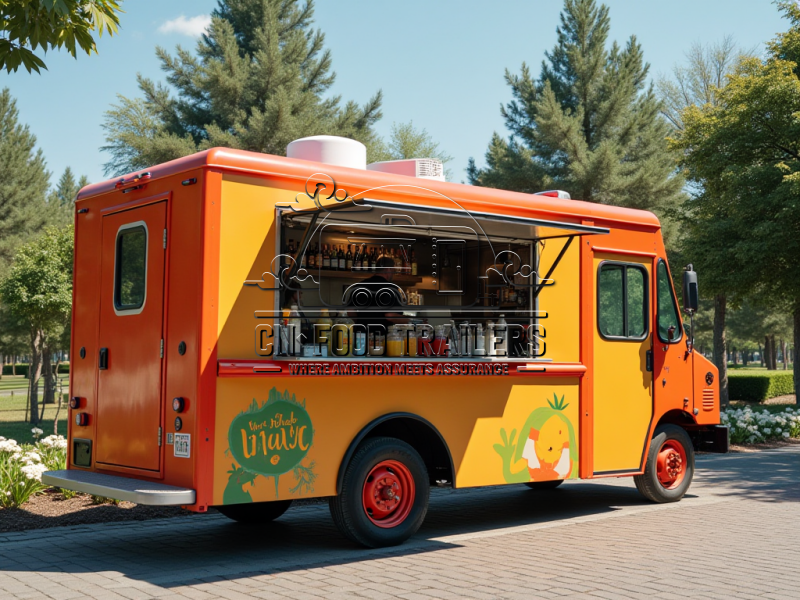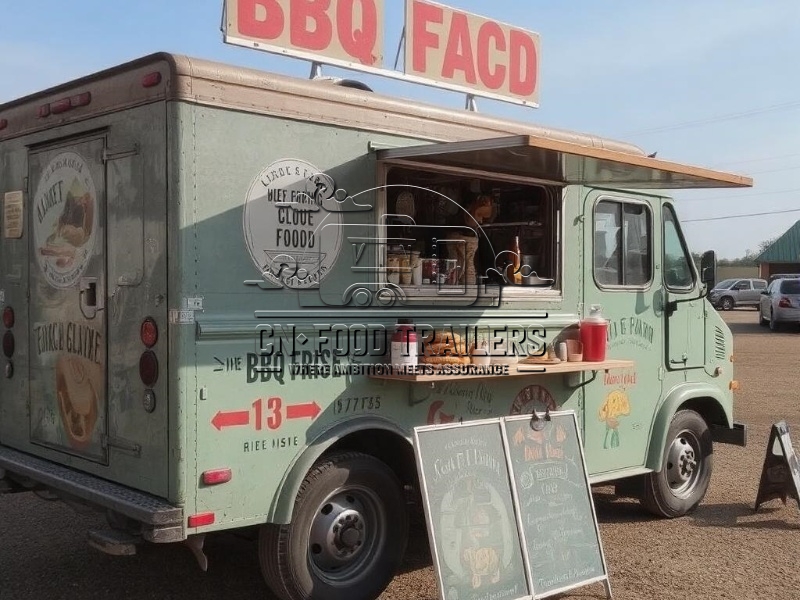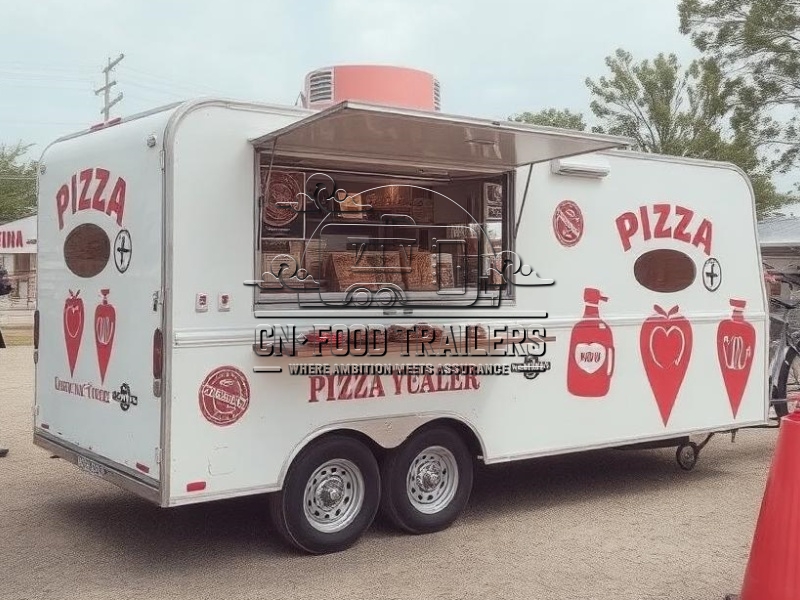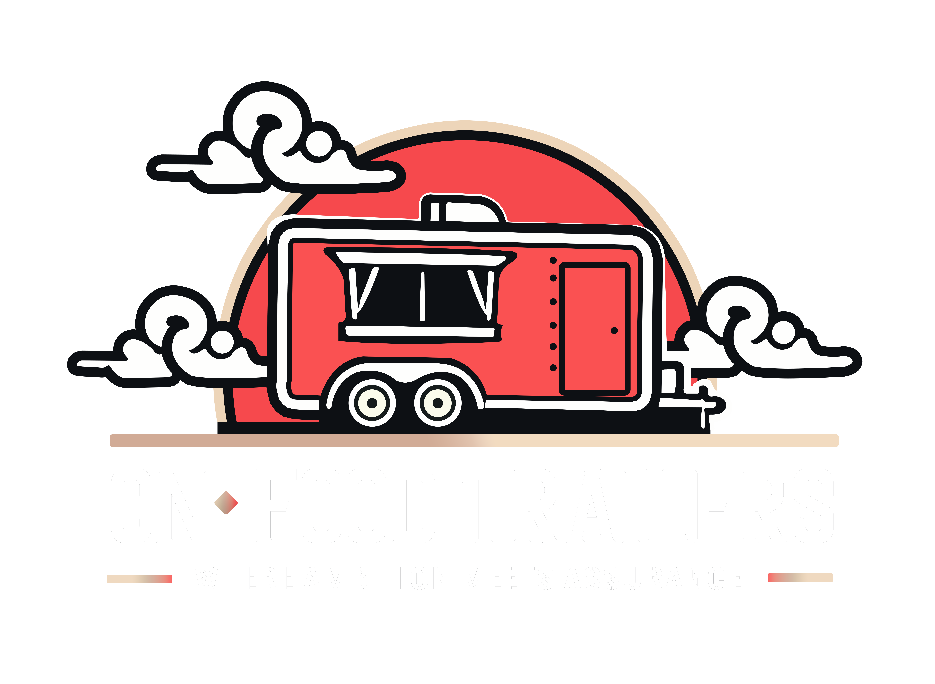In the fast-paced modern life, Fast Food Trailers have become the core force in the field of street food and event catering with their flexible, efficient and low-cost operation advantages. These mobile kitchens combine the convenience of traditional fast food with customized services, which not only meet the needs of urban people for “instant deliciousness”, but also provide entrepreneurs with a lightweight and scalable business model. From classic burgers to creative fusion dishes, fast food trucks are redefining the boundaries of the catering industry with “kitchens on wheels”.

Core Features
1.Fast delivery and standardized processes
- Fast food trucks use pre-prepared ingredients (such as marinated meats and pre-mixed sauces) and standardized operating procedures to complete orders within 3-5 minutes. For example, hamburger trucks can prepare patties, vegetables and bread in advance, and customers only need to heat and assemble them after placing an order.
2.Menu focus and cost control
- Compared with traditional restaurants, food truck menus are usually streamlined to 10-15 core dishes, reducing food waste and inventory pressure. Some food trucks use “seasonal limited editions” to update their menus to maintain freshness while reducing operating costs.
3.Flexible site selection and scene adaptation
- Food trucks can dynamically adjust their locations according to the flow of people, such as stopping at office parks on weekdays and entering music festivals or community markets on weekends. Some food trucks cooperate with event organizers to provide “private venue services” and share revenue based on the number of people or sales.
3.Branding and social media linkage
- Through unified visual identity (such as IP image, slogan) and online marketing (such as Instagram check-in activities, short videos showing the cooking process), food trucks can quickly accumulate fans and form a “mobile Internet celebrity store” effect.
Internal equipment
1.Cooking equipment
- Multi-function fryer: adjustable temperature and oil volume, suitable for high-demand dishes such as fried chicken and French fries.
- Flat-top grill: used to make hamburger patties, hot dogs, etc. Some high-end food trucks are equipped with infrared heating technology to shorten cooking time.
- Rotating pizza oven: driven by gas or electricity, evenly heats the dough, suitable for dishes such as pizza and wraps.
2.Storage and preservation
- Dual-temperature refrigerator: upper refrigeration (0-4℃) for storing meat and vegetables, lower freezing (-18℃) for pre-made products.
- Dry goods storage rack: moisture-proof material, classified storage of flour, seasoning packets, etc.
3.Cleaning and hygiene
- Three-slot wash basin: meets the requirements of food hygiene regulations, equipped with disinfectant and hand dryer.
- Oil-water separator: Treat frying waste oil to avoid environmental pollution.
4.Payment and order system
- Mobile POS terminal: Support credit card, QR code payment and membership points function.
- Cloud order management: Synchronize inventory and sales data through tablets and adjust stocking quantity in real time.

Application
1.Urban streets and transportation hubs
Provide high-frequency meals such as breakfast (coffee + sandwiches) and lunch (burgers + fries) near subway stations and bus stops to cover commuters.
2.Events and exhibitions
Fast food trucks are “instant energy supply stations” in large-scale events such as music festivals, sports events, and auto shows. For example, pizza trucks can meet the audience’s needs for quick meals, while dessert trucks provide casual snacks such as ice cream and crepes.
3.Campus and corporate parks
Cooperate with schools and technology companies to provide lunch packages or afternoon tea snacks. Some food trucks have launched “corporate customized services”, such as barbecue packages and pizza parties for team activities.
4.Tourism and scenic spot services
In theme parks, beaches, camping sites and other scenes, food trucks can provide portable meals (such as hot dogs and tacos), and at the same time serve as part of the scenic spot culture (such as retro-style food trucks attracting tourists to take photos).
5.Disaster emergency response and community support
In natural disasters or emergencies, modified fast food trucks can be quickly deployed as “mobile kitchens” to provide hot food and drinking water to the affected people.






Leave A Comment